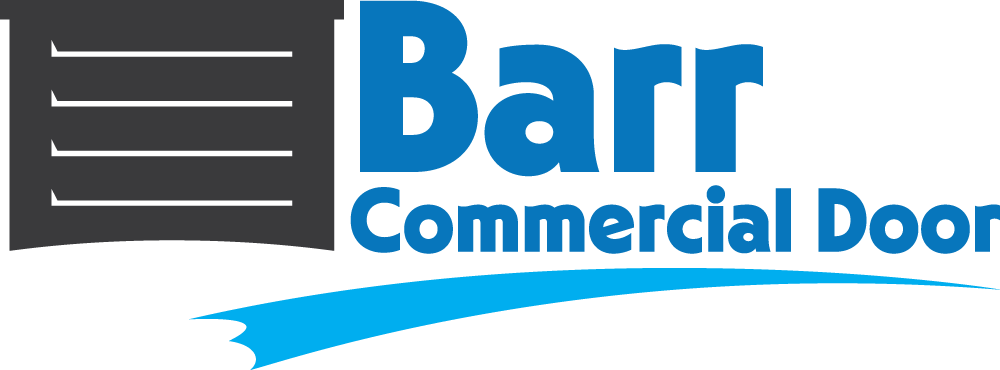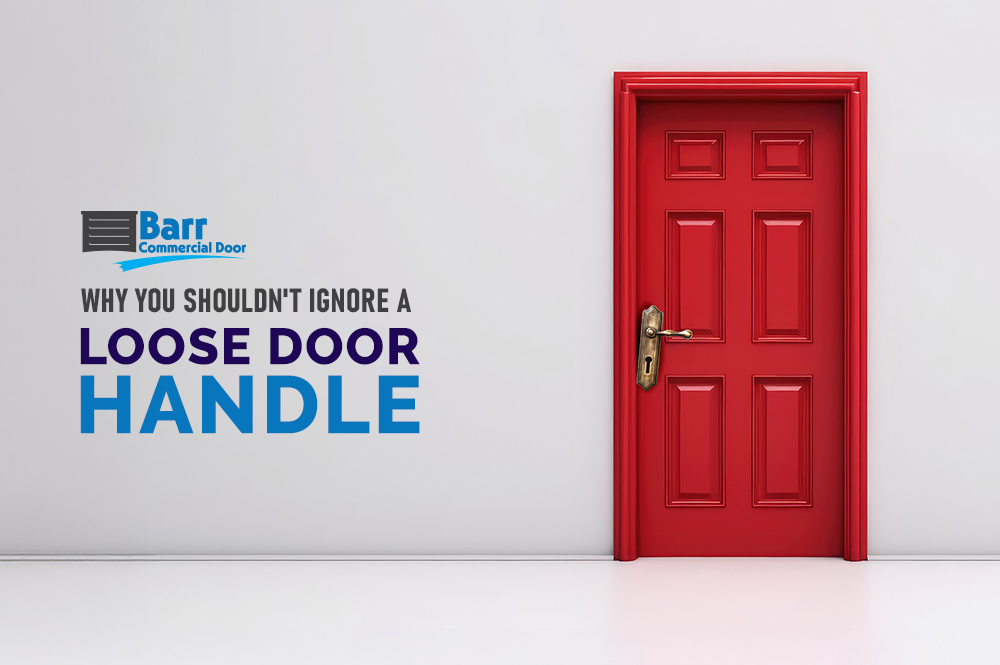Overview: From hospitals to retail stores, low energy doors are transforming accessibility and efficiency. Find out which five facility types gain the most from this smart, cost-effective upgrade.
Low energy doors may not always get the spotlight, but their impact on efficiency, safety, and accessibility is significant — especially in buildings where people are constantly on the move. Unlike fully automated doors that swing open with full force, low energy doors offer a quieter, safer, and more cost-effective option for a wide range of facilities.
These doors open and close more slowly and with less force, making them ideal for spaces that prioritize user comfort, accessibility, and operational efficiency. Whether you’re managing a hospital or a retail storefront, upgrading to low-energy doors could be one of the smartest facility improvements you make this year.
Here are 5 types of facilities where low energy door upgrades can make a big difference:
1. Healthcare Facilities and Hospitals
In hospitals, every second counts, but so does safety. Low energy doors provide easier, smoother access for patients using mobility aids, visitors, and healthcare professionals moving carts or equipment.
What makes them essential in medical environments?
-
Quiet operation, reducing noise in sensitive patient areas
-
Improved infection control, especially when combined with touchless activation
-
Compliance with ADA standards, supporting accessibility for all
Whether it’s an emergency room, a clinic, or a long-term care wing, these doors help maintain flow while respecting patient dignity and staff efficiency.
Also Read >> Automatic Vs. Low Energy Doors: What’s Best for Healthcare Facilities?
2. Senior Living and Assisted Care Homes
Mobility and independence are key concerns in senior living environments. Low energy doors help residents move more freely throughout the facility without struggling with heavy, abrupt-swinging doors.
They’re also a safer option in case of:
-
Fall risks
-
Wheelchair or walker use
-
Slow response times during emergencies
Adding low energy door operators to resident rooms, dining areas, or common spaces can enhance both comfort and safety, giving peace of mind to staff, families, and residents alike.
3. Educational Institutions
From elementary schools to university campuses, educational environments see a lot of foot traffic throughout the day. Low energy doors are especially valuable in:
-
Main entrances
-
Accessibility ramps
-
Staff-only zones
-
Special education classrooms
They reduce wear and tear, limit maintenance calls, and allow easier access for students with disabilities. In many districts, they also support efforts to meet state and federal accessibility standards.
4. Retail Stores and Shopping Centers
Retail isn’t just about selling but about creating a smooth customer experience from the moment someone enters. Low energy doors give stores a chance to be more accessible without installing large, high-speed automatic doors that may not suit the layout or budget.
Use them to:
-
Improve access for customers with strollers, carts, or mobility devices
-
Keep heating and cooling costs down by limiting door dwell time
-
Quiet down the entryway in boutique or service-based businesses
They also help meet ADA compliance while maintaining a welcoming, low-friction shopping experience.
5. Commercial Office Buildings
In offices where both clients and employees come and go throughout the day, low energy doors help balance security, comfort, and accessibility. They’re especially useful in:
-
Main entrances with card-access control
-
Conference areas
-
Restrooms
-
Wellness and mother’s rooms
These doors help organizations create inclusive workplaces while reducing door hardware stress, lowering maintenance needs, and controlling HVAC loss.
Why Choose Low Energy Doors?
While they’re not fully automated, low-energy doors strike the right balance between performance and practicality. They’re:
-
Quieter and smoother
-
More affordable to install and operate
-
Easier to maintain
-
ADA-friendly
-
Ideal for retrofitting existing doors
For facilities looking to improve user experience without overhauling entire entry systems, low energy upgrades are often the most cost-effective path forward.
Let’s Make Your Facility Safer and Smarter
At Barr Commercial Door, we help facilities across Southern California find the right door solutions for their unique needs, low energy options included. Whether you’re managing a care facility, school, or commercial building, we’ll walk you through the options that improve safety, accessibility, and operational flow.
Need help upgrading your doors? Reach out for a free consultation, and we’ll guide you through compliant, energy-efficient choices that align with your goals.


